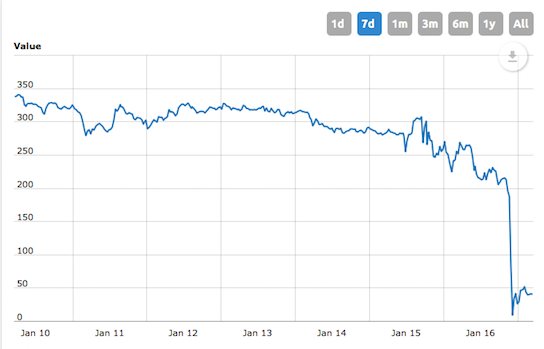starlogic | It seems the most unlikely of links: Whitley Strieber follows the ‘sensing’ exercise as suggested by George Gurdjieff. This brought the light of his soul to the attention of the ‘visitors’.
Creating this type of friction is central to the way the visitors teach, and as a matter of fact, its use is also important in the Gurdjieff Work. Mr. Gurdjieff would create situations that would challenge his students’ egos and force them to face themselves, either driving them away or spurring them on. Gurdjieff called it puncturing the “hot air pie” of ego. My hot air pie has been leaped up and down on for many years by rude little men, and I am much the better for it. As I will discuss later when explaining how building a strong soul enables one to render moot the fear of them, the first lesson they ever gave me was about the danger of arrogance and the importance of humility.
I think that I’ve been in their school ever since that dream. When it happened, the two forms involved were nowhere in the news and not in my life. But there they were, kicking me out of the university that I have been studying in ever since!
Just as maintaining the double arrow enriches one’s life experience, doing the sensing exercise enables the sharing of self. While you are doing it, they can enter the silence of your mind and join you in your life experience. For them, this is more than a pleasure. I suspect that, when they are in their normal state, it is an utter delight for them, and I would think that they want to experience it with as many of us as possible. I suspect that Anne intuited this early on, which is why she insisted that our book be called Communion. Contact is not just about our learning new science and making new social and cultural discoveries. It is, more importantly, about this sharing of self. And incidentally, this has nothing to do with what is called possession. That’s exactly what the visitors don’t want to do.
For them, I don’t think that anything is ever new. For us, everything is always new. They may know reality outside of time. We don’t really know what the next second will bring. They hunger to share our sense of newness.
I think that the reason for this is explained by an insight that was published in the April 1977 issue of the magazine Science. D.B.H. Kuiper and Mark Morris made the observation that any intelligent entity appearing here from another world would have essentially nothing to gain from us except the results of our own independent thought. They would be after newness, and they would therefore be concerned about our state of preparedness to engage with them. As Kuiper and Morris speculate, “We believe that there is a critical phase in this. Before a certain threshold is reached, complete contact with a superior civilization (in which their store of knowledge is made available to us) would abort further development through a ‘culture shock’ effect. If we were contacted before we reached this thresh- old, instead of enriching the galactic store of knowledge we would merely absorb it.” They continue, “By intervening in our natural progress now, members of an extraterrestrial society could easily extinguish the only resource on this planet that could be of any value to them.” Having been involved with them now for so many years—for much of my life, really—I feel that this is indeed the reason for their secrecy. But they now find themselves in a quandary: Our planet is failing so rapidly that if they continue to hide and wait for us to catch up, we might go extinct first, or enter into a period of chaos that will destroy what progress we have made, causing them even further delay.
Fortunately, it’s not clear that our making more scientific progress is the only thing that holds them back. I think that what I might call psychospiritual progress is at least as important, and probably more so.
This would be why they have lavished so much more attention on this non-scientist spiritual seeker than they have on any scientist I am aware of. I learned, first through my Gurdjieff work and then by working directly with them, a grammar of communication that is both efficient, in the sense that progress is steady, and fruitful, in that the richness of communication is rapidly increasing.
The sensing exercise not only opens us to them and enables communication, it sends out a signal that communicates a good deal more than a laser pointer. When we place our attention on the nervous system, it glows in their level of reality like a little ember. Our dead can see this, too.
Strieber, Whitley. A New World (pp. 47-50). Walker & Collier, Inc.. Kindle Edition.



